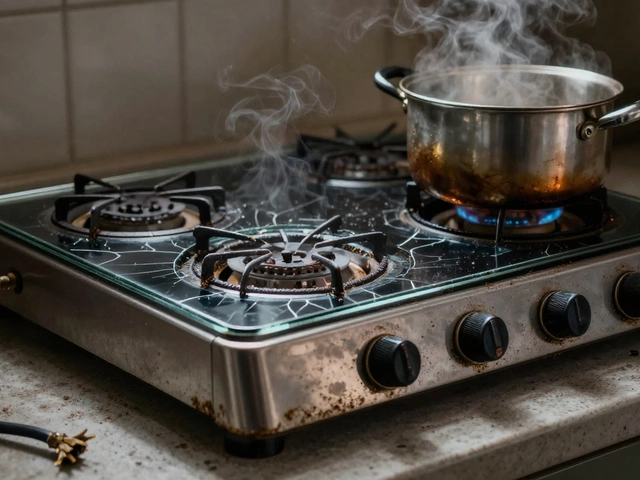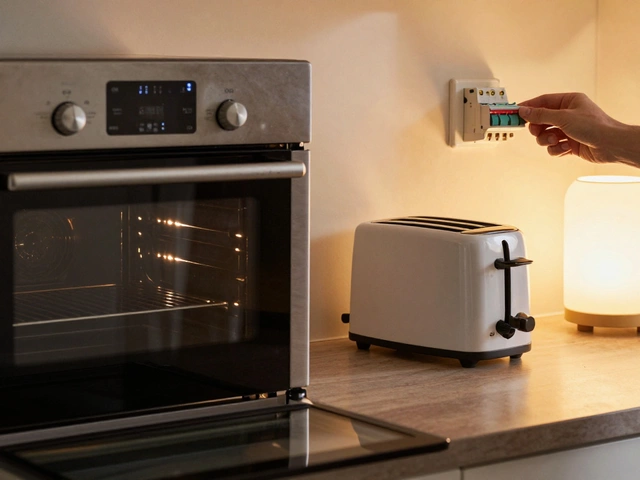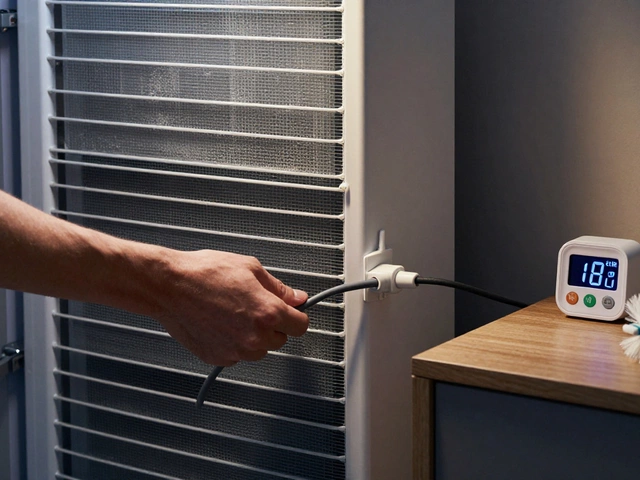Home Comfort: Simple Fixes for a Cozy, Efficient Home
Feeling a draft in the living room or a sticky kitchen after dinner? You don’t need a full remodel to feel better at home. A few quick checks on your appliances, heating, and ventilation can turn an uncomfortable house into a pleasant haven. Below are practical steps you can take right now without calling a pro.
Appliance Tricks That Save Money
First up, look at the big appliances that run all day. A fridge that’s not cooling properly forces the compressor to work harder, hiking up your bill. Clean the condenser coils with a brush every six months and make sure the door seals are tight. If the fridge still struggles, check the thermostat setting; 37‑40°F is ideal for most models.
Dishwashers love a good rinse aid and a clean filter. A clogged filter often causes the machine to stop draining, leaving dishes wet. Pull out the filter, rinse it under warm water, and give the spray arms a quick spin‑through. You’ll notice quieter cycles and better drying.
Washing machines are another energy hog. Run full loads, use the cold‑water cycle when possible, and keep the door open after each wash to prevent mold. If the drum makes a rattling noise, it might be an unbalanced load or a worn shock absorber – both easy fixes you can handle with a screwdriver.
Boiler and Heating Hacks
When winter hits, a well‑tuned boiler is your best friend. Schedule an annual service (around 30‑60 minutes) to clear debris, test the pressure, and check the gas safety valve. A simple bleed of radiators removes trapped air, giving you a steadier heat and lower fuel use.
If the boiler’s pressure gauge reads below 1‑bar, you can top it up using the filling loop – just follow the instructions on the valve and watch the gauge climb. Don’t ignore a constant flickering flame; it often means the ignition electrode needs cleaning, which you can do with a soft cloth.
For homes with water heaters, the reset button isn’t a magic fix for a broken unit. Press it for about 30 seconds, then let it cool. If it trips again, the thermostat or heating element might be failing. In that case, call a qualified technician before the problem worsens.
Lastly, look at your home’s ventilation. Extractor fans in bathrooms and kitchens can get clogged with grease and dust, reducing airflow and increasing humidity. Remove the cover, vacuum the blades, and lubricate the motor shaft if it squeaks. A smooth‑running fan helps prevent mold and keeps the indoor air fresh.
By tackling these simple tasks, you’ll notice a drop in energy bills, fewer breakdown calls, and a more comfortable living space. It’s amazing how much difference a few minutes of maintenance can make. Keep this checklist handy, and your home will stay cozy all year round.
Is Replacing a Boiler a Major Undertaking? A Comprehensive Guide
- Alden Wilder
- Jan 16 2025
- 0 Comments
Replacing a boiler might seem daunting, but having a clear understanding of the process can alleviate stress and ensure a smooth transition. In this article, we explore the key aspects of boiler replacement, including the signs it's time for an upgrade, the anticipated costs involved, and tips for selecting the right unit for your home. We also share some useful tips to make the process as seamless as possible. By the end of this read, you'll feel more prepared and informed about the necessary steps in upgrading your home heating system.
View More




